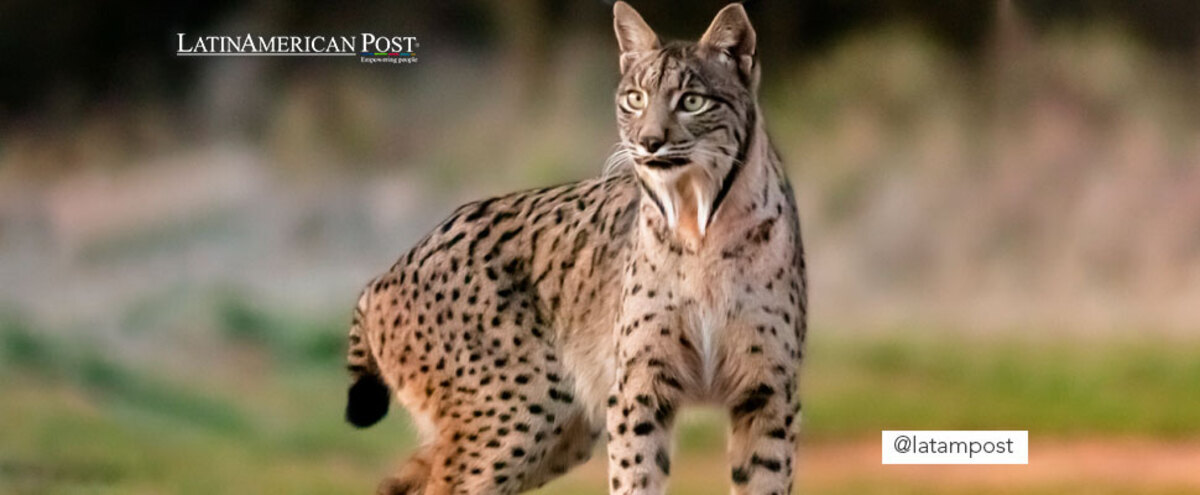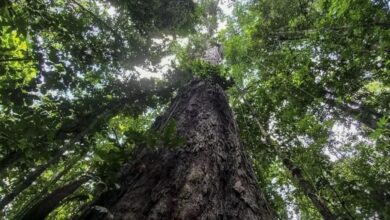Four Successful Cases of Species Conservation
On World Environment Day, We tell you About Four Successful Initiatives in the Conservation of Wild Species, Which Give hope to Maintain Biodiversity..

Photo: Diego Delso
LatinAmerican Post | María Fernanda Ramírez Ramos
Listen to this article
Leer en español: Cuatro casos exitosos de conservación de especies
There are multiple species of fauna and flora that are in danger of extinction. In fact, the loss of biodiversity is one of the main current challenges, because it endangers human health and that of the planet. However, there are several programs that are working on the preservation of species that are threatened and that are having remarkable success in their recovery.
The International Union for the Conservation of Nature (IUCN), which brings together more than 1,400 organizations and has the support of more than 18,000 experts, is the main authority worldwide on biodiversity conservation issues. In fact, they are the ones who created the Red List of Threatened Species, in which it is stated that "more than 40,000 species are threatened with extinction", which represents about 28% of the total species evaluated to date.
Also read: Are you being fooled?: The farce behind eco-friendly products
In this sense, there are ways in which endangered species can change their classification category in a positive way. This is because "major threats are no longer present, or conservation measures (eg, reintroduction, habitat protection or restoration, legal protection, harvest management, etc.) have successfully improved the status of the species," says the IUCN. Below we tell you about conservation processes that are having success in the conservation of species.
Tiger conservation
According to the IUCN: "Tiger populations have plummeted from around 100,000 individuals in 1910 to 3,200 individuals in 2010, occupying 7% of their original range." This was too great a change that alarmed humanity. The good news is that, through the conservation program "Global Tiger Recovery Program", this animal increased its population by 40% between 2015 and 2021. This program has 12 projects in countries such as Bangladesh, Nepal, Bhutan, Indonesia, Myanmar and India.
Conservation of the Iberian lynx
The World Wide Fund for Nature (WWF) determined that the Iberian lynx could cease to be in danger of extinction by 2040, thanks to projects for its preservation, and achieve Favorable Conservation Status (ECF). Within the 'WildBook for Iberian Lynx' programme, coordinated by the WWF, it is estimated that by this date the Iberian lynx could reach a total of 750 breeding females, which would ensure its future reproduction.
Conservation of the Olalla Marmoset Monkey
It is a species of primate endemic to Bolivia, highly threatened. However, in recent years its population has increased remarkably. Within the Madidi-Tambopata Great Landscape Program, coordinated by the Society for the Conservation of Wildlife, an investigation was carried out in 2021 that determined that there is an approximate population of 2,855 individuals, which adds 640 individuals to previous estimates. Likewise, it was found that its habitat area increased from 267.4 to 383.4 square km.
Conservation of Hawksbill Sea Turtles
Hawksbill turtles are one of the most threatened by hunting, pollution and climate change. In addition, they are in critical danger of extinction. However, the Barbados Sea Turtle Project has been a success. This Caribbean Island has the Marine Turtle Tagging Center and the Caribbean Sea Turtle Conservation Network. On its beaches, more than 500 female turtles lay their eggs each year. "The Sea Turtle project marks these creatures, measures them, and archives and analyzes the data for more than 30 coordinated research projects in the region, which serve as the basis for its conservation activities," the United Nations says.
Despite these conservation efforts, this does not mean that these species are not endangered. In addition to the red list, there is also an IUCN species recovery measure that gives them a "Green" status. In this sense, efforts to reduce the felling of trees, the illegal wildlife trade, indiscriminate hunting and the damage to ecosystems are fundamental.




